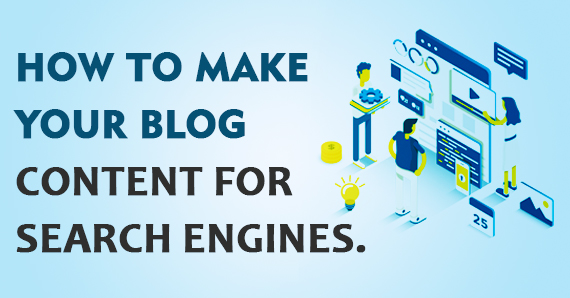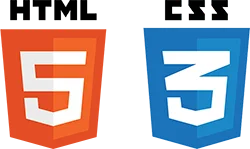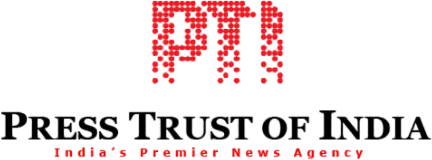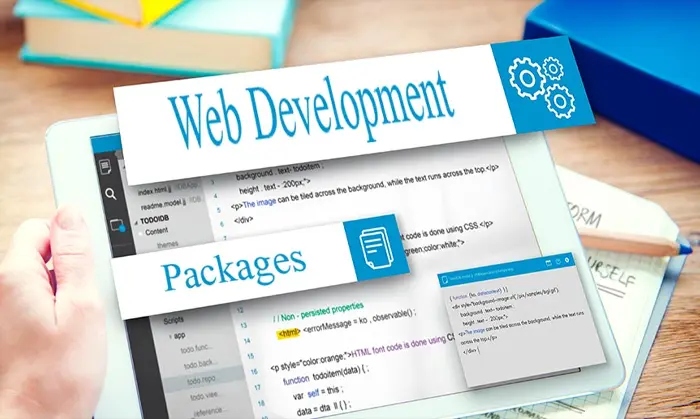HOW TO MAKE YOUR BLOG CONTENT FOR SEARCH ENGINES

Regardless of the industry, you'll want to identify and communicate to the core audience that will be reading your content. Understanding who your audience is and what you want them to do after reading your article will aid in the development of your blog strategy.
- Identify your blog's target audience: Regardless of the industry, you'll want to identify and communicate to the core audience that will be reading your content. Understanding who your audience is and what you want them to do after reading your article will aid in the development of your blog strategy. Buyer personas are a useful tool for identifying readers based on their purchasing habits, demographics, and psychographics. You could be writing grammatically correct and accurate material that few people would click on because it doesn't communicate to them on a personal level if you don't have this knowledge.
- Conduct keyword research: Now that you've determined who your target audience is and created a buyer persona, it's time to figure out what kind of content they want to consume. If you don't start with a strategy, keyword research might be a daunting undertaking. As a result, I recommend starting with the topics you'll be covering on your blog and then expanding or reducing your scope from there. Check out our keyword research how-to guide for a more in-depth explanation for Website Blog, Articles Content Writing
- Include graphics: For specific keywords, search engines like Google place a premium on images. The most popular visual elements that show on the search engine results page are images and videos. If you want to get a coveted slot in an image pack or a video snippet, you'll need to create innovative graphics, employ original images and videos, and give meaningful alt text to every visual element in your blog post. Alt text is a crucial aspect in determining whether or not your image or video will appear in the SERP and how prominently it will display. Screen readers will benefit from alt text, which ensures that visually impaired visitors have a great experience while reading your blog.
- Create a catchy title: The title of your blog post is the first thing a reader sees when they come across it, and it has a big impact on whether or not they click or scroll down. A catchy title uses data, poses a question, or starts with a question to pique the reader's interest. A catchy title has words that are powerful, emotional, rare, and frequently used. These types of words in a blog title, in the appropriate proportions, can grab your readers' attention and keep them on the page.
- Have a compelling CTA: What good is a blog article if it doesn't include a call to action? The goal of a CTA is to direct your visitor to the next step in their blog experience. A good CTA is connected to the theme of your existing blog article and flows easily with the rest of the material. You'll need an intriguing CTA on every blog post you write, whether you're selling a product, promoting a newsletter subscription, or wanting the reader to consume more of your material. CTAs come in a number of shapes and sizes, so become creative and experiment with them. Buttons, URLs, and widgets are some of the most common CTAs, and they all serve different functions.
- Focus on the reader's experience: Any good writer or SEO will tell you that the most important aspect of a blog article is the reader's experience. Several elements influence the reader's experience, including readability, formatting, and page speed. That means you'll want to develop content that's easy to understand, extensive in scope, and accurate in terms of current statistics and trends. Using headers and subheadings to organise the text is also crucial since it allows the reader to rapidly scan the content and discover the information they require.Finally, on-page elements like photographs and videos have an impact on page performance. LKeep image file sizes short and limit the number of videos you embed on a single page (250 KB is a decent starting point). You'll be well on your way to producing a search engine-friendly content by focusing on what the reader wants to know and organising the post to meet that aim.



























